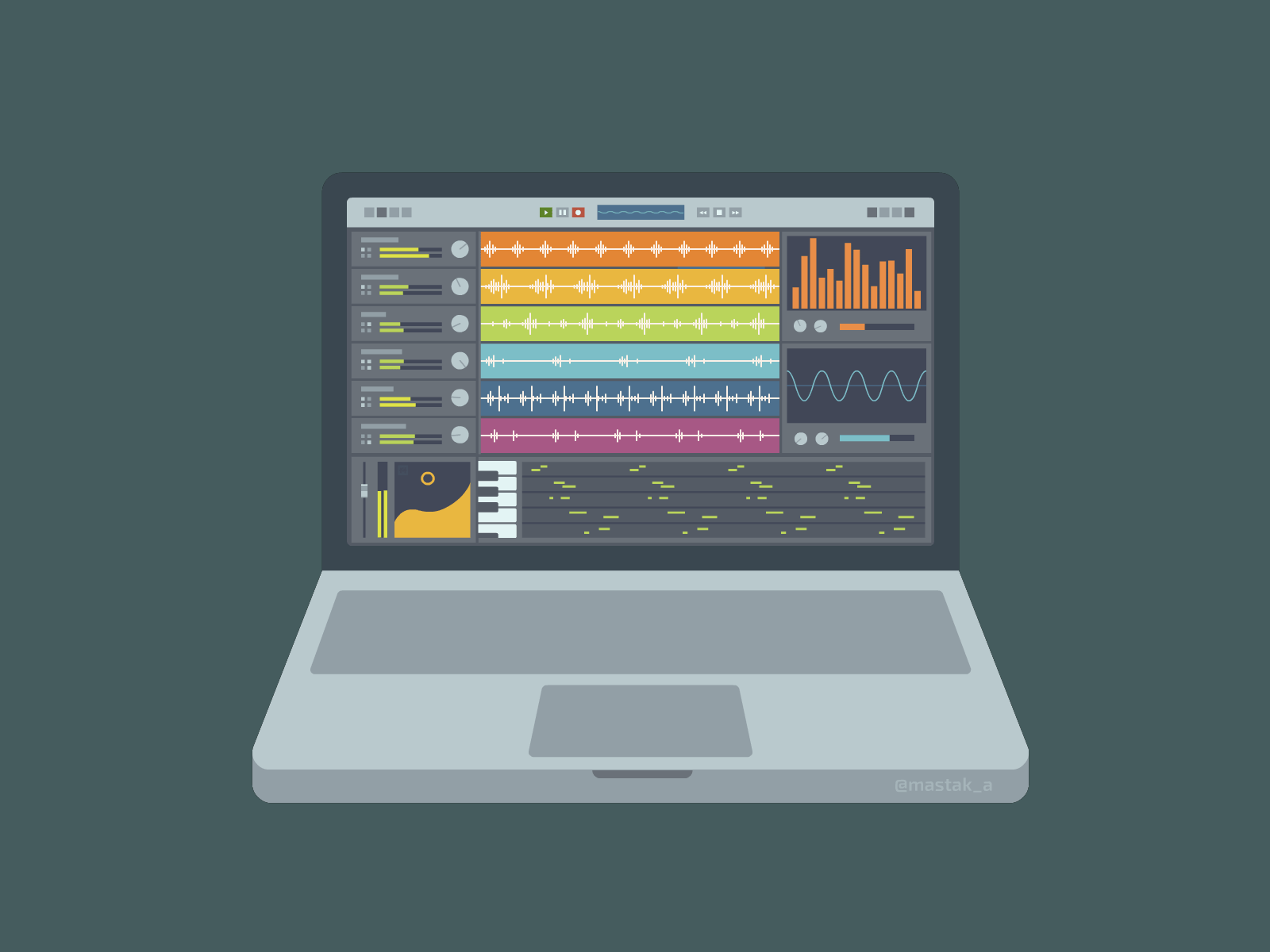Automatic Music Genaration
Table of Contents
- Project Description
- Approach towards the problem
- Limitations
- Libraries Used
- Summary
- Applications
- References
1. Project Description
-
Natural Language Processing in Artificial Intelligence is the application of computational techniques to the analysis and synthesis of natural language and speech.
-
For a hypothetical scenario it was assumed that ABC music prod. pvt.ltd is a reknowned audio-video production house based out of Mumbai, India
-
As COVID-19 cases are increasing day by day it is almost impossible for the musicians to coop up with real time studio work.
-
Hence, the company wants you to make an AI based music genaration system.
-
The goal of this project is to make an AI based music genaration system.
-
The key contraint to the problem is accruracy.
-
You have been hired as a freelance data scientist for ABC music prod. pvt.ltd
-
The model should read a text file in abc format.
-
The model should genarate the corresponding music framed out of that note sequence.
2. Approach towards the problem
-
The approach to this project was to make a chat bot from scratch.
-
Initially all the necessary libraries were imported and installed.
-
Then, the data corpus was formed.
-
A data corpus is a collection of linguistic data.
-
Then while performing preprocessing we used lemitization technique in order to process the data into desirable format.
-
Then after preprocessing, we genarated various batches to fit into the model.
-
After that we build a charecter RNN model and trained the model for 100 epochs with a batch size of 16 and a sequence length of 64
-
For every 10 epochs the model would save the updated weights in the main directory
-
We recieved a validation accuracy of 92%
-
Now we genarated the music code which is nothing but the predicted vocabulary
-
After that we went here and we were successfully able to genarate music.
3. Limitation(s)
-
The only limitation of this model is that it is being trained with very less data.
-
However, while getting trained on various intrument data this model can be further enhanced for different instruments as well.
-
We have trained this model for only 100 epochs. As the number of epochs increase it is expected that the accuracy of the model will increase.
4. Libraries Used
Following are the list of libraries that were used for making this project.
-
Python was used as the general purposae programming language
-
Keras was used to perform all Deep Learning operation(s) such as model bulding, compliation and training.
-
numpy was used in order to calcucate numercal operations.
5. Summary
-
In this project an Automatic music genaration system was made from scratch.
-
Here, we recieved a validation accuracy of 92%
-
This project can be widely used for music production systems
-
The only limitation of this model is that it is being trained with very less data.
-
However, while getting trained on various intrument data this model can be further enhanced for different instruments as well.
-
This model can be used for in house music production systems.
-
This can be widely used to automate manual instruments.
-
This can be also used to make automatic VST(virtual studio toolkit) plugins
6. Applications
-
This model can be used for in house music production systems.
-
This can be widely used to automate manual instruments.
-
This can be also used to make automatic VST(virtual studio toolkit) plugins
7. References
-
python: https://www.python.org/
-
Keras: https://www.python.org/
-
Genarate Music here: https://www.abcjs.net/abcjs-editor.html
-
TDS Blog: https://towardsdatascience.com/music-generation-through-deep-neural-networks-21d7bd81496e
-
Music Composition using Recurrent Neural Networks: https://web.stanford.edu/class/archive/cs/cs224n/cs224n.1174/reports/2762076.pdf
-
Github(Shubham Gupta): https://github.com/shubham3121/music-generation-using-rnn

